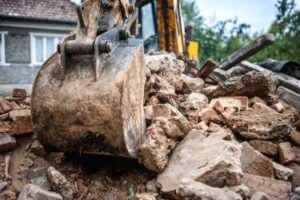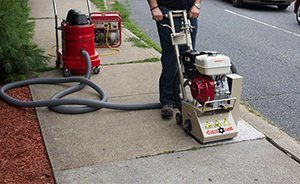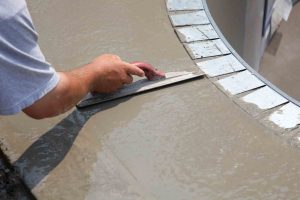Power tools are dangerous; this is something we all know and understand. However, we tend to think about the injuries that are instantaneous and require immediate medical treatment. What most do not realize is that even when things look okay, those who operate power tools can suffer long-term damage that builds up over time.
One of the most significant risks to those operating these machines is vibration injuries. These are injuries sustained due to the constant vibration of the body by the power tools used. Thousands of workers file disability claims every year related to vibration injuries. As a result, it is vital that any person or company that uses power tools takes steps to reduce the risk of vibration injuries.
The People Who Are at the Greatest Risk
Anyone who uses a power tool can develop a vibration injury. The more frequent the use and the more powerful the machine, the higher the likelihood is of it developing. Another factor is the type of material. Harder materials tend to deliver more vibration injuries than softer materials. People who operate the following tools are considered to be at the highest risk:
- Concrete breakers, pokers, and compactors
- Sanders, grinders, and disc cutters
- Hammer drills
- Chipping hammers
- Chainsaws
- Scabblers or needle guns
The Specific Health Risks
Vibration injuries do not sound so severe based on solely the injury name, but for those suffering from them, they are life-changing, even debilitating. Some common problems that can result from vibration injuries are:
- Hand-Arm Vibration Syndrome: Where the muscles, joints, blood vessels, and nerves become damaged by the vibration
- Carpal Tunnel Syndrome: Where the hands become weak, and there is a numbness or tingling in the fingers, palms, and wrist.
- Vibration White Finger: Where the circulation to one or more fingers is so damaged that they become numb and pale. This can be constant or triggered by cold or vibration, and it is often excruciating.
How to Reduce the Risks
First of all, never operate a professional-grade tool unless you are trained to use it. With concrete cutting machines, this means that unless you are a trained operator, stay away from them. No DIY project is worth the potential injuries.
For those in professional settings, they should follow regulations that limit the amount of exposure allowed over the course of an eight-hour workday. All employees should be instructed to use the lowest setting on the tools they operate, and there should be a set rotation for workers to cycle through tasks, so no single worker uses the same machine for too long. A common mistake for employees to is gripping the tool too tightly; lighter grips lessen the vibration.
Tools that are in good shape should deliver lesser vibrations, and newer devices are designed to control them better. All companies should make sure to maintain their power tools well and upgrade as new technology becomes available. Workers should often pause throughout the day and perform hand massages that stimulate circulation to the fingers, palms, and wrists. Gloves should also be worn to prevent the hands from becoming cold.
For Concrete Cutting, Call Accu-Cut
Here at Accu-Cut, we take every possible step to ensure the safety of our workers without compromising the results of our projects. Rather than attempting to go DIY, allow us to help you. There is no need to risk vibration injuries when you have a team of professionals on your side.



